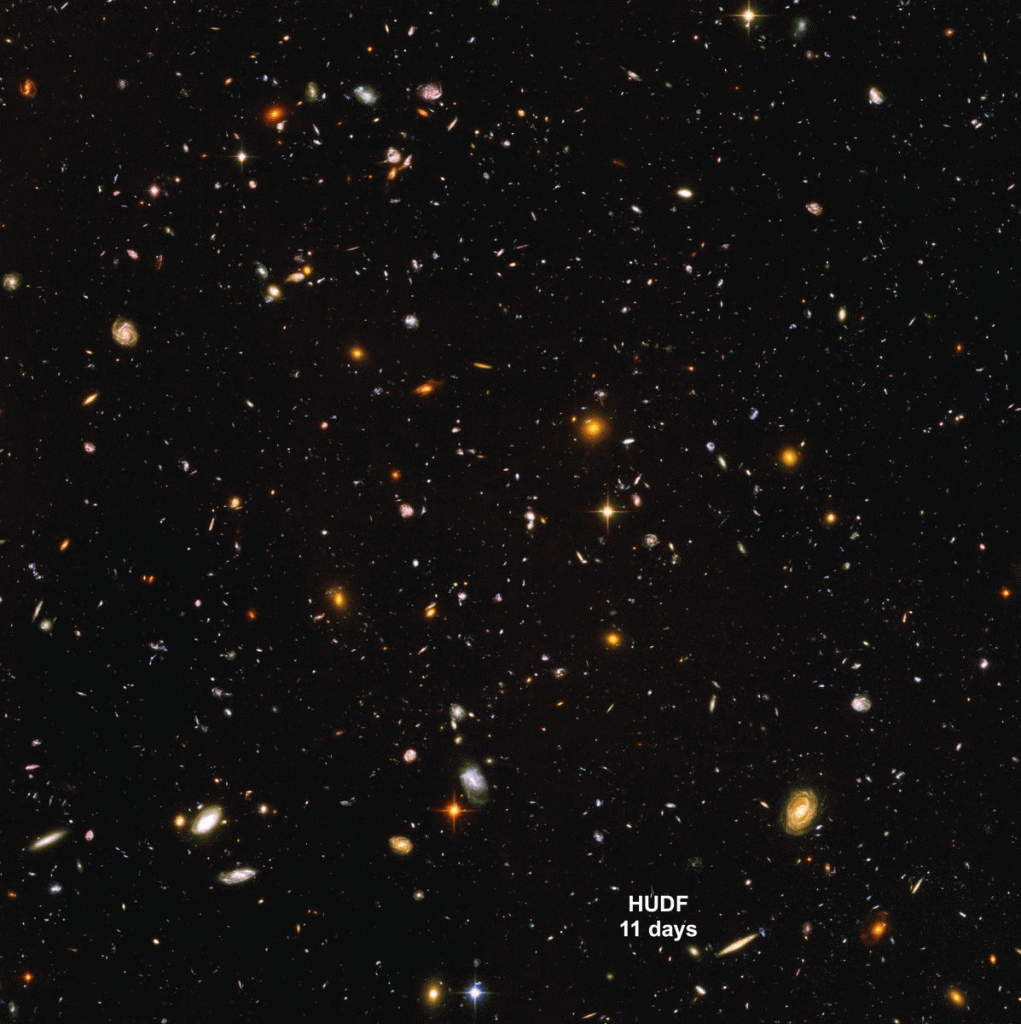On Monday, July 11, 2022, the entire world witnessed the debut of the James Webb Space Telescope’s (JWST) first science image. When it was released, it immediately shattered the cosmic record for the deepest view of the Universe ever taken.
The current record was formerly held by the Hubble Space Telescope, which first set the record in 1994 with the original Hubble Deep Field and repeatedly broke it.
Before JWST’s first scientific delivery, the Hubble eXtreme Deep Field provided the most detailed vision of our universe. 5500 galaxies were discovered within it, spanning practically the entire history of the Universe: from just 400 million years after the Big Bang to today, or from when the Universe was only 3% of its current age to its current state.
However, the new image provided an unprecedented glimpse of deep space and represented a considerable advancement over previous Hubble Space Telescope images.

The image was captured using near-infrared sensors, which capture a different spectrum than a standard camera. JWST is faster than Hubble and produces better results. Hubble required weeks to scan its image of deep space, whereas JWST did so in 12 hours and 30 minutes.
The comparison becomes even more obvious when you zoom in. The images below compare Hubble and JWST reconstructions of SMACs 0723, a cluster of galaxies that emerged roughly 4.6 billion years ago.



The huge time frame is a consequence of how far the light travels from deep space to the telescopes orbiting Earth.
Astronomers are especially interested in this region of space since the gravitational pull of the galaxies behind them alters the light of more distant galaxies behind them, a phenomenon known as gravitational lensing.


JWST intends to look further into deep space than any previous mission. According to experts, its power will help bridge a mystery gap in the history of the Universe – the first 400 million years following the big bang.
It will also search for planets outside our solar system that may sustain human life. According to NASA, more images from the JWST will be released soon.


